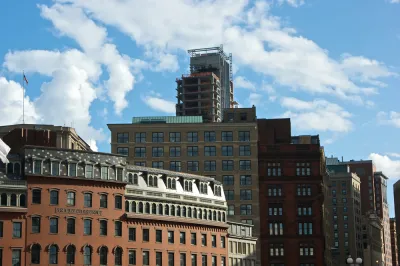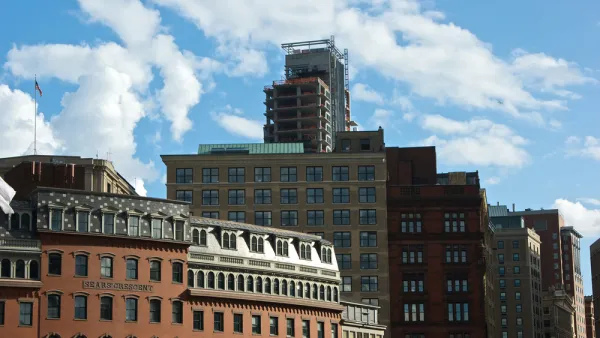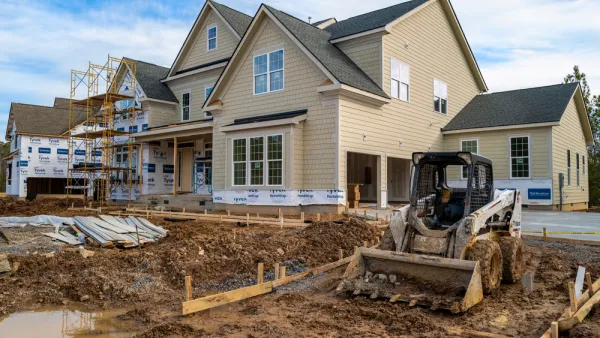The Boston Globe casts doubt on the idea that large amounts of new housing in Boston will be able to reduce already high housing prices in the city.

Evan Horowitz argues against a "build, baby, build" agenda as the solution to the city of Boston's high costs of housing.
Such a strategy, also sometimes called YIMBY, for "Yes In My Backyard," has its limits, according to Horowitz. "New construction doesn’t just mean more options for people who are already here. It means more people moving in. So at the end of all its building, Boston could end up denser yet just as expensive."
Horowitz begins the argument by acknowledging that the city of Boston is one of the slowest-building cities in the United States, with multiple obstacles to a pro-development agenda.
But that doesn't mean that Horowitz accepts that Boston's reluctance to build new housing in large numbers is what's making the city's real estate market more expensive. To make that point, he calls on analysis of rising housing costs in cities around the country—some of the cities with the fastest rising prices are also fast-building cities. "Some construction-friendly cities — like Dallas and Raleigh, N.C. — have seen fairly substantial price increases, comparable to Boston," writes Horowitz. "Meanwhile, the cities with the most restrained cost growth are Chicago and Pittsburgh, which haven’t been doing much building at all."
Finally, the article concludes with the question of whether Boston should build more or not. In the end, Horowitz does support a more pro-development regulatory environment—but not for the reason of lowering housing prices in the city.
FULL STORY: Why more housing won’t make Boston much cheaper

Analysis: Cybertruck Fatality Rate Far Exceeds That of Ford Pinto
The Tesla Cybertruck was recalled seven times last year.

National Parks Layoffs Will Cause Communities to Lose Billions
Thousands of essential park workers were laid off this week, just before the busy spring break season.

Retro-silient?: America’s First “Eco-burb,” The Woodlands Turns 50
A master-planned community north of Houston offers lessons on green infrastructure and resilient design, but falls short of its founder’s lofty affordability and walkability goals.

Test News Post 1
This is a summary

Analysis: Cybertruck Fatality Rate Far Exceeds That of Ford Pinto
The Tesla Cybertruck was recalled seven times last year.

Test News Headline 46
Test for the image on the front page.
Urban Design for Planners 1: Software Tools
This six-course series explores essential urban design concepts using open source software and equips planners with the tools they need to participate fully in the urban design process.
Planning for Universal Design
Learn the tools for implementing Universal Design in planning regulations.
EMC Planning Group, Inc.
Planetizen
Planetizen
Mpact (formerly Rail~Volution)
Great Falls Development Authority, Inc.
HUDs Office of Policy Development and Research
NYU Wagner Graduate School of Public Service




























